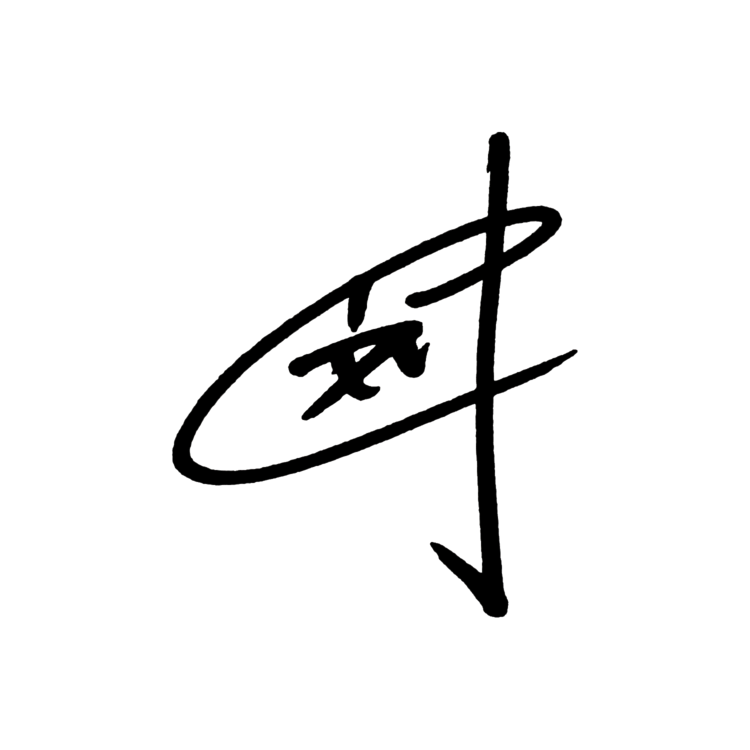Spirits of a Kindred
PHNOM PENH — Taking place over the course of three days around the time of the Lantern Festival, which marks the end of Chinese New Year, the annual Hei Neak Ta, or “parade of spirits,” is a Cambodian cultural practice rooted in Daoism and Chinese folk religion. Brought to Southeast Asia by immigrants from southern China during the late 19th and early 20th centuries, the tradition of mediumship is still upheld today in Taiwan and some southern provinces on the Chinese mainland.
Known as neak snong roup in Khmer, and tangki (童乩) in the Teochew dialect, the mediums are seen as special members of the community who have been chosen to relay the intentions of revered spirits.
Many mediums claim to be possessed by spirits from Daoist and Buddhist mythology, including Qi Tian Da Sheng, who was popularized as Sun Wu Kong or the Monkey King in Journey to the West, and the youthful warrior Ne Zha. During the ceremony, mediums scrape their tongues until they draw enough blood to lick yellow slips of paper known as hu—the Teochew word for fu (符), or amulet—which they give to devotees as a talisman for good fortune and exorcising evil spirits in the new year.
Photographed and written for The World of Chinese Magazine











